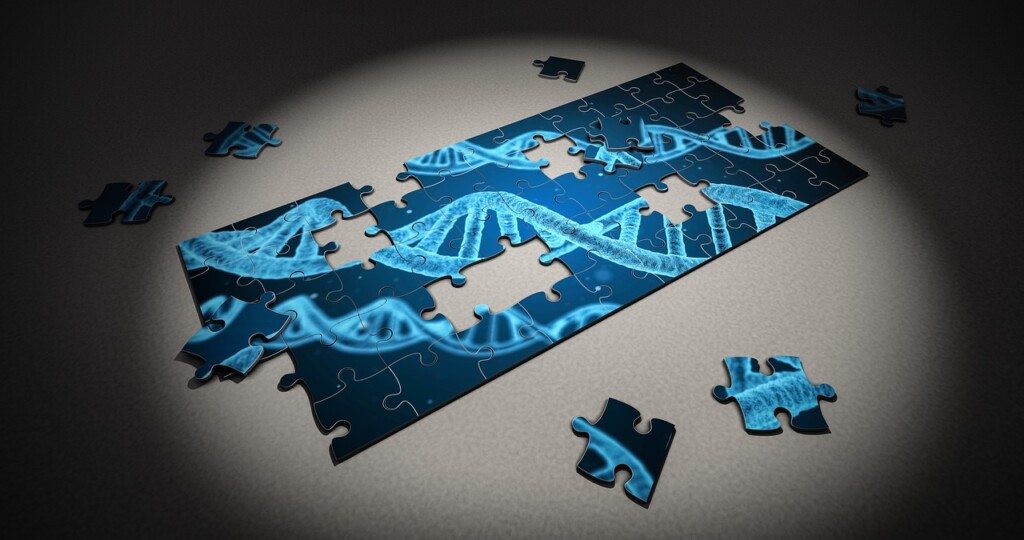Scientists from University of Copenhagenin Denmark, you think there is a possibility to bring The mouse that has been extinct for 120 years Give Christmas Island (Rattus macleari)in Australia, back to life.
by page current biologythe mouse was declared extinct in 1903 due to diseases brought by European ships that docked on the island, which interfere with the environment making them unsuitable for the animals.
To carry out this process, a portion of the preserved mouse DNA will be used.Besides the DNA of the Norwegian brown mouse, it is fully (about 95%) genetically compatible with its extinct relative.
Extinct mice can be revived for 120 years
“It’s a nice test model”, Evolutionary geneticist Tom Gilbert, a professor at the university, told The Independent. “It’s the perfect case to study because when you’re sequencing the genetics of an ancient species, you have to compare it to a very good, very compatible modern reference.”
Related news
In this case, the geneticist intends to compare the two DNAs and modify the different segments in the Norwegian brown mouse. The researchers are optimistic about the possibility of achieving positive results. According to Gilbert, this is a “particularly apt scenario”.

However, current technology has a problem with being able to accomplish such a feat: olfactory genes were absent in the original sample.
If the Australian mouse is brought back to life, it will not have the same type of sense of smell as the original, turning it into a new species.
“With current technology, it would be completely impossible to recover all the genetic sequence, and thus it would also be impossible to create an exact replica of a Christmas Island mouse.” Gilbert said. “It’s very clear that we will never have all the information needed to create a fully recovered clone from an extinct species: there will always be some hybrid component.”
But Gilbert doesn’t think of giving up so easily, arguing that DNA editing doesn’t need to be precise and just be “environmentally functional.”
Scientists aim to revive the mammoth
like nNew discoveries give hope that extinct species can be revived by geneticists around the world, such as the woolly mammoth or the Tasmanian tiger. However, an ethical discussion must take place in the coming years.
Mammoths are extinct and cannot be brought back, but the average elephant can modify its DNA so that it becomes “hairy” and can withstand cold temperatures, making it look like the original.
“If you were to make an exotic hairy elephant live in a zoo, it probably wouldn’t matter much if it didn’t have some unique behavioral genes.” The expert said. Of course, this raises many ethical questions. Personally, I think this is a great idea for our technology, but you have to ask yourself if this is the best use of our money, rather than using it to keep animals still alive.”
What do you think? follow on Tweet embed On Instagram to find out more and leave your comment click here

Copywriter, content production specialist for the web with training in web design and digital marketing.
Backend programming student, technology enthusiast and writer at BitMagazine provide the latest news and information about the world of technology.

“Hardcore beer fanatic. Falls down a lot. Professional coffee fan. Music ninja.”






More Stories
The law allows children and adolescents to visit parents in the hospital.
Scientists pave the way for the emergence of a new element in the periodic table | World and Science
Can dengue cause hair loss? Expert explains how the disease affects hair